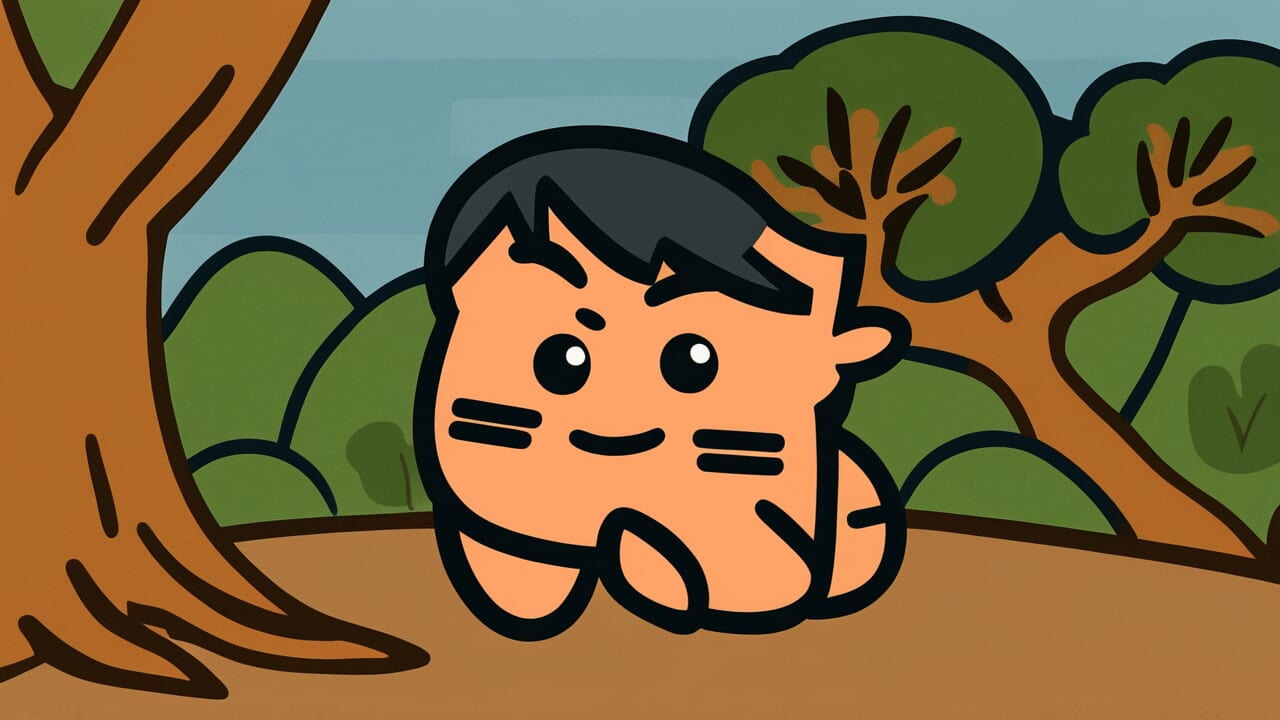How to Read “The sorrow of the southern branch”
Nanshi no kanashimi
Meaning of “The sorrow of the southern branch”
“The sorrow of the southern branch” is a proverb that expresses the loneliness and sadness felt by people living away from their hometown.
It describes the sudden feeling of emptiness that comes over those who have left their birthplace for work, school, or other reasons to live in an unfamiliar land.
This proverb is used when you want to express something deeper than simple homesickness. It captures a profound sense of longing.
Even when life in a new place is going well, there are moments when you suddenly remember home and feel your chest tighten. That feeling is “the sorrow of the southern branch.”
Today, many people leave their hometowns for education or jobs. The emotion this proverb describes resonates with countless people.
The scenery of home, the faces of family, the familiar streets. These memories remain deep in your heart no matter how much time passes.
Origin and Etymology
Clear written records about the origin of “the sorrow of the southern branch” are limited. However, the structure of this phrase reveals an interesting background.
“Southern branch” literally means “a branch extending toward the south.” In classical Chinese literature, migratory birds resting on southern branches symbolized the feelings of travelers far from home.
Birds return north when the season comes. But humans sometimes cannot return home due to various circumstances.
In Japan too, south-facing branches have long been seen as warm places full of vitality, bathed in abundant sunlight.
Yet at the same time, those who rest on southern branches are beings separated from where they should be.
If your hometown lies to the north, living in the south means carrying loneliness within warmth.
This proverb expresses not just physical distance but emotional distance as well. No matter how blessed your environment, feelings for your birthplace never disappear.
This poignant emotion is conveyed through the natural image of a southern branch.
Usage Examples
- He achieved success in the city, but in quiet moments he still feels the sorrow of the southern branch
- Though my study abroad life is fulfilling, I cannot completely escape the sorrow of the southern branch
Universal Wisdom
The reason “the sorrow of the southern branch” has been passed down through generations lies in its deep insight into fundamental human emotions.
Everyone holds special feelings toward their roots.
What’s interesting is that this proverb uses the word “sorrow” rather than just “loneliness.” Loneliness is a temporary emotion, but sorrow runs deeper and sometimes carries a certain beauty.
Living away from your hometown means gaining something while losing something else. That sense of loss is not entirely negative.
Humans are creatures who move. We leave our birthplaces seeking better lives and pursuing new possibilities.
Yet we also remain connected to our hometowns through memory and emotion. This contradiction may be the essence of what makes us human.
The sorrow of the southern branch reflects the complex inner life of humans, swaying between the will to move forward and the heart that looks back.
Understanding this emotion means understanding who you are. Your feelings for home are part of your identity.
When AI Hears This
Southern branches actually face a double energy crisis. Research shows that poorly lit southern branches have photosynthesis efficiency over 30 percent lower than northern branches.
In other words, they earn less energy. Yet simultaneously, they’re exposed to constant physical stress from north winds, forcing them to spend energy on cell repair and defense.
Put simply, they have low income but high expenses.
What’s fascinating is that plants allocate resources in something like an independent accounting system for each branch.
Southern branches receive almost no support from other branches. They must survive on what they earn themselves.
In ecology, plants in boundary areas like forest edges or cliff sides experience more intense resource competition. This is called the edge effect.
Even more surprising is how southern branches try to produce fruit. Normally, organisms abandon reproduction when survival is threatened to preserve their own lives.
But southern branches continue investing in fruit, the next generation, right up to their limits.
This seems inefficient from a probability standpoint. But it may actually be a long-term strategy to pass adversity genes to the next generation.
Seeds from southern branches that survived harsh conditions might hold the key to withstanding future climate change.
Lessons for Today
What “the sorrow of the southern branch” teaches modern people is that you don’t need to deny your sadness.
The loneliness you occasionally feel while working hard in a new place away from home is not weakness. It’s proof that you have something precious.
Modern society tends to demand that we be forward-looking and constantly positive. But living while holding feelings for your hometown enriches your life.
That emotion is a compass showing you where you came from and what you value.
What matters is learning to live well with this sorrow. Stay in regular contact with family and friends back home. Try cooking hometown dishes. Connect with people from the same region.
These small actions bring stability to your heart.
And don’t forget this: the place where you are now might someday become someone else’s hometown.
Because you know the sorrow of the southern branch, you can create a warm community in your new land.



Comments